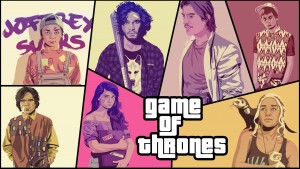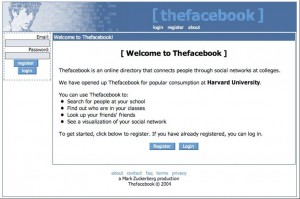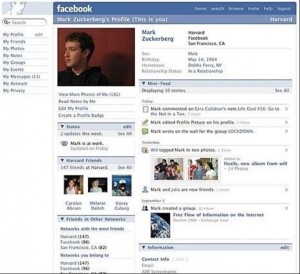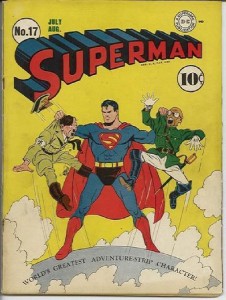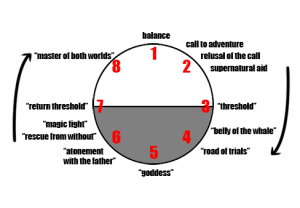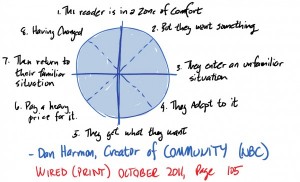Week 11 Lectorial Reflection
Dan’s lecture on remixes was extremely engaging as it showed how media can evolve into different forms of art. His question on how reproducing something changes it and whether it is seen as legitimate is core at most debates over remixing as copyright laws and ownership of art makes many remixes are not seen as legitimate by the original artist. Yet I feel that people who make remixes of content does so to honour the original work, especially fans of some televisions, movies, and music.
The Girl Talk remix “This is the Remix” is a fantastic example of how a combination between many different songs creates something new while showing how diverse and great the music landscape is. Dan asked us to listen to it a pick out the songs we could hear and I walked away with a total of… two, The Jackson Five and the Beastie Boys. The rest of the class fared better, a cumulative effort revealing these other bands.
- DMX
- Cecilia
- INXS
- Lil’ Jon
- Salt n Pepa
- Lady Gaga
- Ace of Base
- Busta Rhymes
- The Clash
- Rick Ross
- B.O.B.
- U2
It was said in the lecture that remixes rely on the audiences knowledge of pop culture to understand a specific mash up and that is what I think is so great about remixes. Appreciators of a certain remix can come together as fans an understand what makes the mash up great, allowing each individual part of the new whole to be reflected on and honoured.
